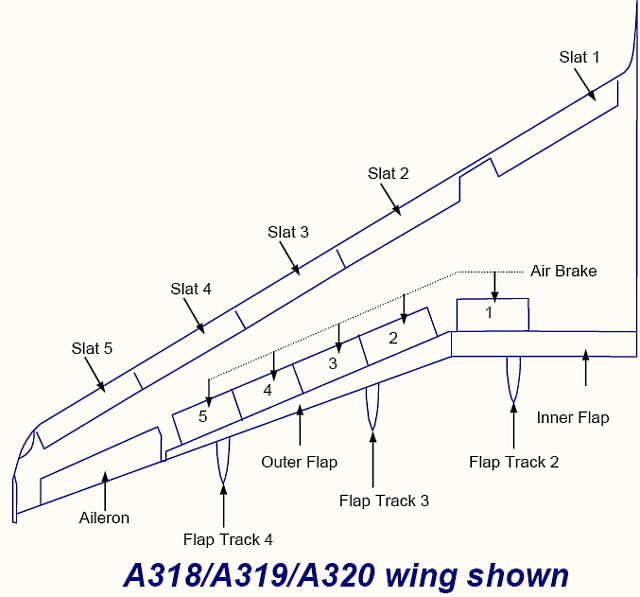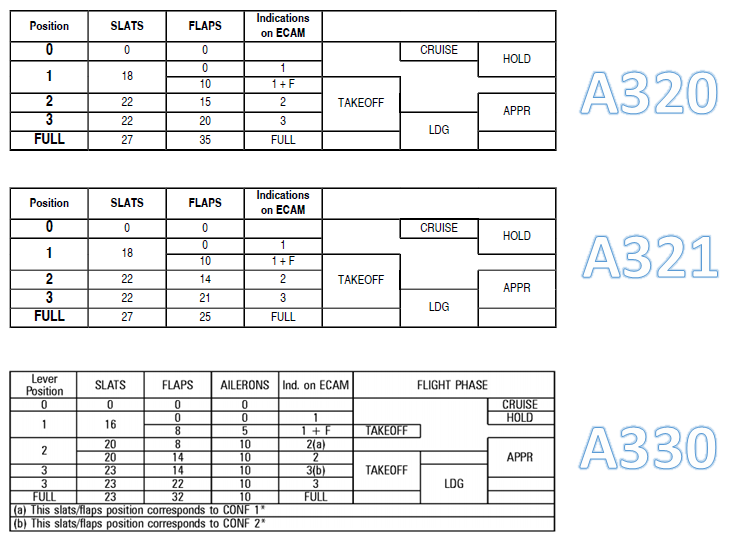This question is about the number of flaps settings on different airliners. One can notice that this varies greatly between models and manufacturers. On a Cessna 172, you usually only have 4 or 5 settings. But on airliners you have usually more, especially on Boeing.
So I did a quick search and found the following (links point on the image I used):
- B777: 7 settings: 0-1-5-15-20-25-30
- B737-900: 9 settings: 0-1-2-5-10-15-25-30-40
- B787-8: 7 settings: 0-1-5-15-20-25-30
- B787-9: 10 (!) settings: 0-1-5-10-15-17-18-20-25-30
On the other hand, Airbus seems to stick to the same scheme for its models:
the A320/A330/A350/A380/A330 all have 5 settings: 0-1-2-3-full
The questions are:
When you have 9 or 10 different settings, what is the point of having so much ? Is that really useful ? Does the crew really incrementally uses all of them on approach and landing ?
I mean, if they only step, say from 0 to 5 on approach, then 5 to 15 on long final, and then 15 to 30 on short final, then the manufacturer could have saved some metal.Boeing planes have more settings than Airbus. Is there any particular design reason behind that ?
Airbus doesn't designate the different positions as angles, but as incremental numbers. Anybody knows why they did that design choice?


